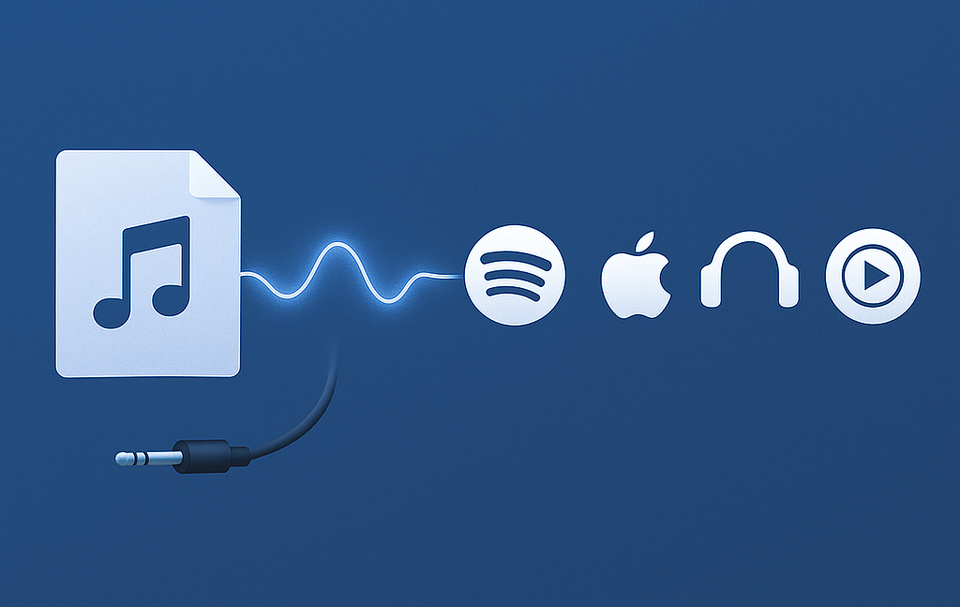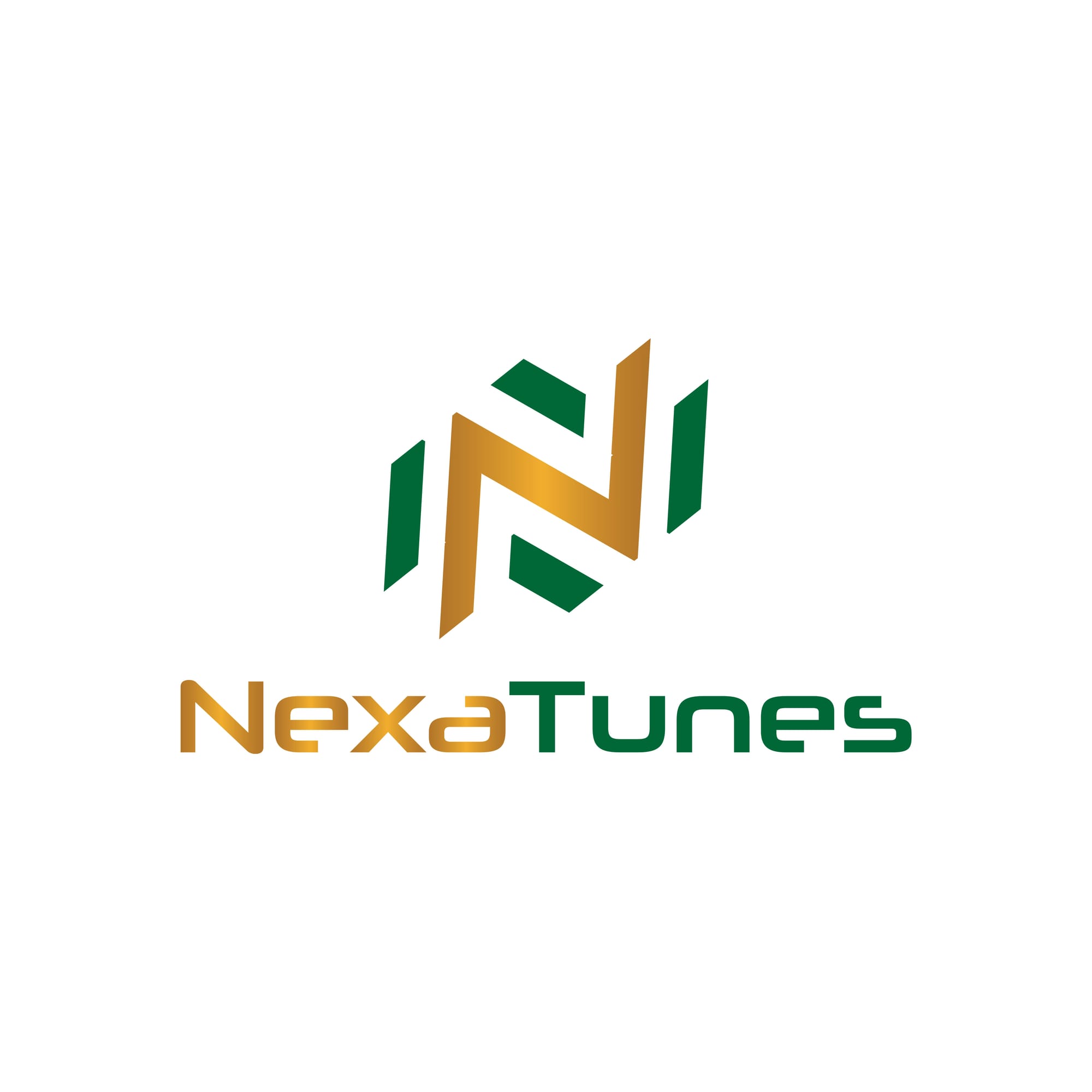What Is Digital Music Distribution?

Digital music distribution is the process of making a music release available on digital platforms such as streaming services and download stores. Unlike physical distribution, which involves the logistics of CDs or vinyl, digital distribution is concerned with data: audio files, metadata, identifiers, and platform compatibility.
It is a technical and legal process. The goal is not only to publish a song but to do so in a way that allows it to be monetized, tracked, and correctly attributed to the right creator.
Core Components of Digital Distribution
At its core, digital music distribution involves the following elements:
- Delivery of audio files to DSPs (Digital Service Providers)
- Metadata handling, including track titles, artist names, credits, ISRC, and UPC codes
- Territorial and platform-specific settings
- Rights declaration (especially for publishing and composition)
- Monetization management, i.e. collecting and forwarding royalties
A distributor acts as a technical bridge. It doesn’t market, promote, or evaluate the music. It ensures that a track meets the requirements of platforms like Apple Music, Spotify, Beatport, or YouTube Music.
Distribution vs. Aggregation
The term digital distribution is often used interchangeably with aggregation, but the two are not the same.
Aggregators forward content to platforms, often at scale and with limited contractual relationships to the artist. Distributors may offer more defined terms, royalties, and control – though the distinction is not always clearly visible.
Many providers operate as hybrids: technical aggregators with limited curation or optional contracts.
Distribution Models in Practice
There are three common approaches to how distribution is handled today: flat-fee (upfront), royalty-based, and contractual/licensed.
Let’s take a closer look at the two most relevant for independent artists:
Flat-Fee Model (Upfront)
This model is simple: you pay a fixed amount to distribute your music.
For example:
You upload your track and pay €19.99 per year. The distributor sends your release to major platforms. You keep 100% of the royalties.
However, there’s usually no legal agreement, no real support, and the release may be taken down if you stop renewing the fee.
This model works well for hobbyists or artists who want fast access without long-term obligations. But it also means you’re handling rights, metadata accuracy, and platform management alone.
Royalty-Based Model
Here, you don’t pay upfront – instead, the distributor keeps a share of your income.
For example:
You release music under a 70/30 agreement. You receive 70% of the royalties collected from DSPs. The distributor handles the technical delivery, metadata, platform access, and reporting.
This model is usually contract-based and offers more structure. Some distributors include Beatport, YouTube Content ID, or publishing support – especially where licensing or curation is required.
What Artists and Labels Need to Watch Out For
No model is objectively better – it depends on your goals.
But there are key questions to ask before choosing a provider:
- Is there a contract?
- Who owns the rights – and how are they documented?
- How often do I get paid, and in what form?
- Is support available if something breaks?
- Can I access specialist platforms (like Beatport or YouTube CID)?
Making a choice based on visibility or cost alone often leads to surprises later – especially when revenue, takedowns, or disputes come into play.
Summary
Digital music distribution is not a promotional activity – it’s a technical and legal infrastructure task.
A well-structured distribution setup is essential for any artist or label planning to monetize music across multiple digital platforms. Understanding the basic models and mechanisms helps avoid dependence on superficial reach and creates long-term stability.
Frequently Asked Questions
Does digital music distribution cost money?
It depends on the distributor. NexaTunes works with a revenue-share model - you pay no upfront costs, we keep a percentage of your streaming earnings. Other distributors charge annual fees between $20-50.
How long does it take for my music to appear on Spotify?
With NexaTunes, distribution to most platforms takes 7 business days. Spotify and Apple Music are usually live within 24-48 hours if changes need to be made. For important releases, plan 4-6 weeks ahead.
Do I keep the rights to my music?
Yes, with reputable distributors like NexaTunes you retain all rights to your music. We're just the middleman between you and streaming platforms. You can switch distributors or remove your music anytime.
Do I need a label or can I distribute as an independent artist?
You can distribute directly as an independent artist. A label isn't required. NexaTunes works with both solo artists and labels.
NexaTunes – structured support for independent releases.
Get in touch for more information using our livechat
